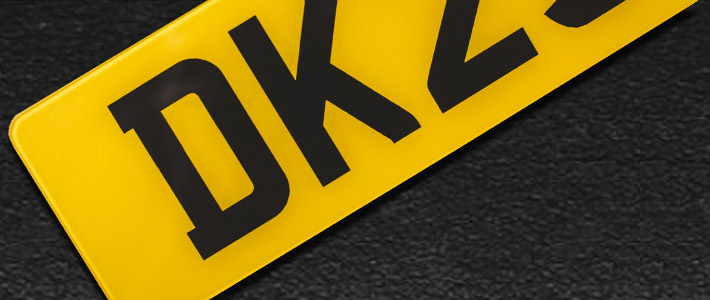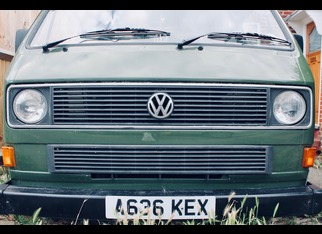Every vehicle operating on UK roads is required to have a number plate, sometimes referred to as a registration plate. The Driver and Vehicle Licencing Agency (DVLA) issues and keeps track of number plates, which act as a distinctive code that can be used to obtain specific data about a vehicle or its driver. Similar to how a driver’s licence identifies the driver of the car, number plates have a particular combination of letters and digits that are used to identify the vehicle.
Number plates are important since they are one of the simplest ways for cars to be identified in case of accident, theft, legal infraction, or another occurrence. In other words, number plates are intended to assist authorities, motorists, and other users of the road identify a vehicle if ever something bad happens to the vehicle or other road users.
Given how number plates are made for identification, they must be displayed on a vehicle where they can be easily seen and read for easy identification. According to the official website of the UK government, the front number plate of a vehicle should display black characters on a white background. Thus, all vehicles must have a front number plate in the UK.
What Happens if You Don’t Have a Front Number Plate?
The UK has rigid laws and guidelines regarding the display of number plates on roads. Incorrectly displayed registrations can result in MOT failure, traffic police stop, and fines of up to £1,000 for violators. Since the government requires all vehicles to have front number plates, it is against the law for cars to display no front number plate in the UK. You risk paying fines and other consequences if you drive without a front number plate. The front and rear of every car on the UK road must show registrations, which must be visible and readable.
How Should Number Plates Be Displayed?
To prevent fines and penalties, you should adhere to the regulations the DVLA has put in place for displaying number plates in the UK. Here are the important rules for displaying number plates:
- Every car should have front and rear number plates
- The number plates should be made from a reflective material
- The front plate should display black characters on a white background
- The rear plate should display black characters on a yellow background
- All number plates should not have any additional background or pattern
- All number plates should display the name of the number plate supplier
- All number plates should be marked with a British Standard number
In addition to avoiding fines and penalties, abiding by the DVLA’s rules and regulations will also be beneficial for you and other road users in the event of an emergency or accident. These regulations were put in place to make it easier for law enforcement to read and see the number plates on your car, allowing them to assist you in finding a solution in the event of an accident or a theft.
Why Are There Still Automobiles in the UK Without Front Number Plates?
You may still see a lot of cars without front number plates; however, there is a higher possibility that these drivers are breaking the law and could face stiff penalties. However, according to Legislation.gov.uk, “A plate need not be fixed on the front of the vehicle if it was first registered before 1st September 2001.” This means that if you encounter a car without a front number plate, it might be one of the few exceptions. However, the majority of automobiles on UK roads were recently registered, and the majority of vehicles without front number plates are vehicles that are primarily presented in exhibits or placed on private properties and are not typically used on public roads.
Always keep in mind that it is better to abide by the number plate regulations and guidelines that the DVLA has put in place. They are not intended to cause you trouble but rather to benefit all motorists and vehicle owners.



